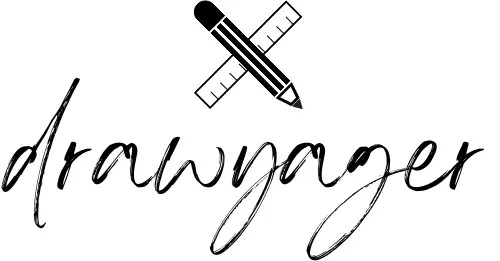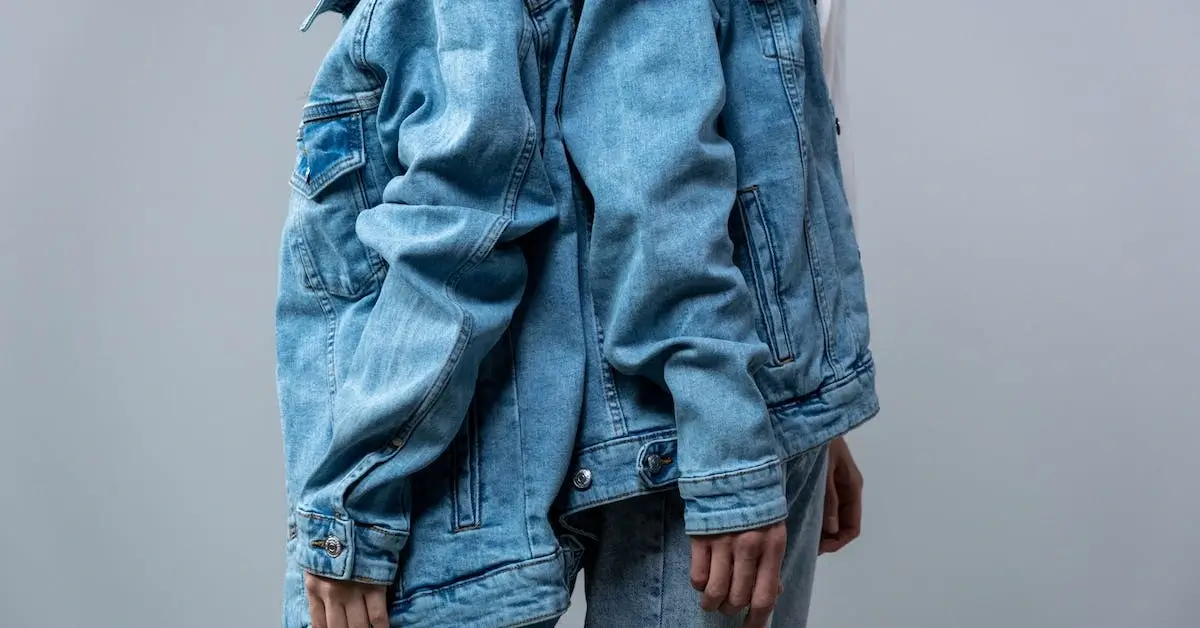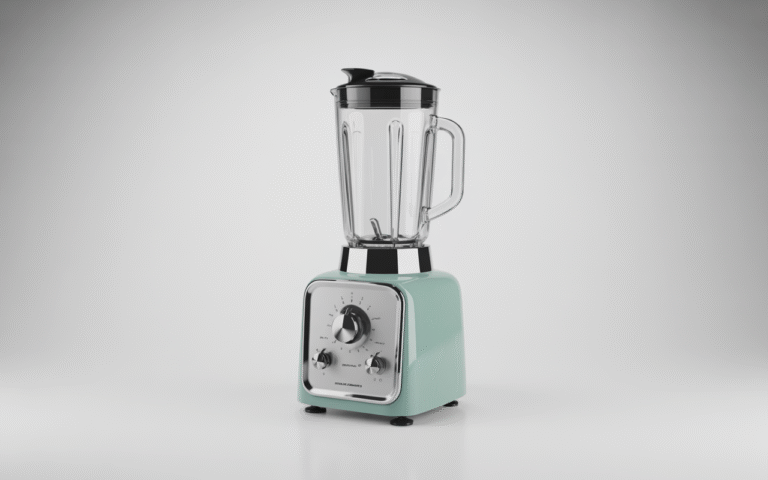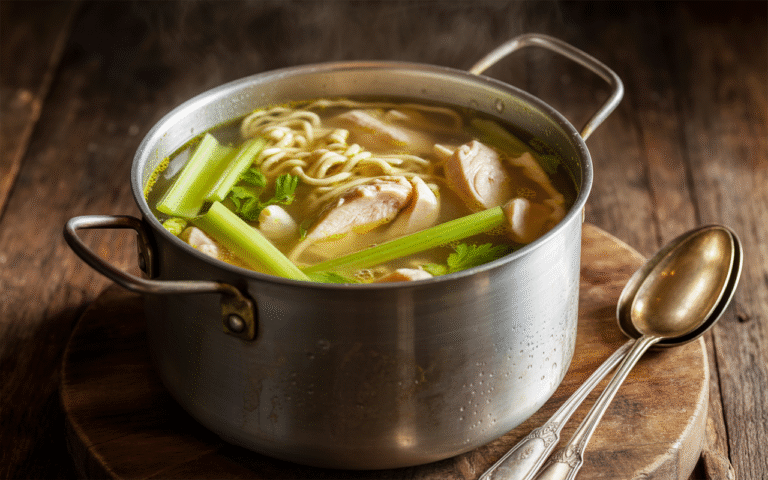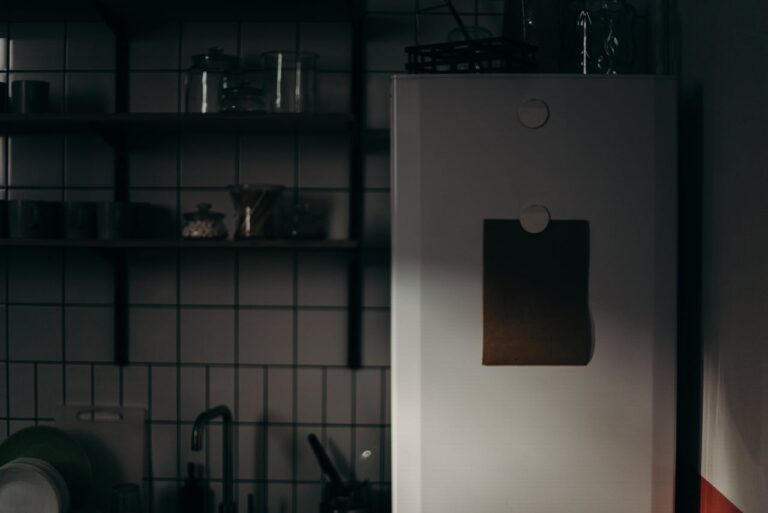Drawing clothes often emerges as an immensely satisfying aspect of creating characters, yet, it unmistakably carries its own set of obstacles. Through my experience as an artist, I’ve realised the importance of having a reliable reference for sketching attire is essential to accurately capture how fabric behaves as it folds and wrinkles over the human body. Whether it’s the billowing folds of a breezy dress or the crisp lines of a bespoke suit, each garment interacts distinctively with the individual’s body and their movements.

I’ve learned over time that the key to mastering the art of drawing clothes lies in understanding the underlying forms and how different materials drape over them. Studying various types of fabrics and their properties induces a deeper comprehension of shadows, highlights, and the volume they add to the clothing. As artists, we continually seek resources that can bridge the gap between our imaginative concepts and the practical skills needed to bring them to paper.
Using clothes drawing references has dramatically improved my ability to create realistic and appealing illustrations. It’s been beneficial for practicing the complex folds in fabric, grasping the nuances of light on different textures, and conveying movement. Whether you’re a beginner or a seasoned artist, a good reference can make all the difference in enhancing the authenticity and life of your character designs.
Understanding Clothing Folds
I’m thrilled to guide you through the nuances of representing fabric in your artwork. Mastery of clothing folds and drapery can bring your figures to life, adding realism and dynamism to your drawings and there are a lot of clothes drawing references to use for this purpose.
Types of Folds
There are several types of folds to consider when drawing from clothes drawing references. I’ll outline a few for clarity:
- Pipe Folds: These are long, tubular folds that usually appear in garments hanging vertically, like skirts or curtains.
- Zigzag Folds: Often found in loose-fitting clothing, these are created when the fabric is compressed by bending, like in elbow areas.
- Spiral Folds: Resulting from twisting action, you’ll find these in clothing wrapped around the body, such as a twisted towel.
- Diaper Folds: These folds create a triangle shape with fabric hanging from two points, such as a towel slung over a shoulder.
- Half-lock Folds: These occur when fabric is bunched up, and then changes direction, like the back of a knee.
For more insights, take a peek at Art Rocket’s tips for drawing folds. If you want a better understanding of human anatomy and how to draw them, you can read my article about Sitting Pose Reference, Dancer Drawing Reference, or general Muscle Drawing References.
Analyzing Drapery
When it comes to analyzing drapery, I pay attention to two key things: the fabric’s material and the forces acting upon it. Heavier materials will have fewer but broader folds, while lighter fabrics display more intricate folding patterns. I also observe how gravity, tension, or even wind affects the direction and type of fold. Drapery is not just about the folds themselves but how they interact with the form beneath and the environment around them. For an illustrator, understanding these elements is pivotal to creating believable fabric behavior in your drawings. And you can do the analyzing from nearly every clothes drawing reference.

If you’re looking for a practical guide to enhance your skills, consider browsing through Pluralsight’s resource on drawing wrinkles and folds. Here, you’ll learn how different types of folds such as pipe folds can add depth to your art.
Foundations of Drawing Clothes
Before diving into clothing sketches from clothes drawing references, I must understand the basic structures and line work that create believable garments on my figures. My focus on basic shapes and proportions ensures that the clothes I draw have a realistic and dynamic appearance.

Basic Shapes and Forms
When I start to sketch clothing, my first step involves breaking down complex garments into simpler geometric shapes. It’s like a puzzle – every shirt or skirt begins as a combination of rectangles, circles, or triangles. For example, a sleeve can be broken down into a series of cylinders. Understanding these fundamental shapes sets the foundation for more intricate details later on. Also, they give you a first feeling for the symphony in your drawing.
- Rectangle: Great for skirts and pants.
- Circle: Useful for flared skirts.
- Triangle: Often seen in shirt and dress hems.

Proportions and Silhouettes from Clothes Drawing References
The next step in my process is accurate proportions and silhouettes. Getting the proportions right is key – each garment must match the size and shape of the figure wearing it for a realistic look. I always keep in mind where the fabric hangs loose and where it stretches over the body. I pay close attention to how the silhouette interacts with the human form: how it flows, fits, and falls. For instance, tight clothing will have smaller and tighter silhouettes as opposed to loose-fitting garments which will appear broader and more dynamic.
- Loose versus tight: Understanding the tension in the fabric.
- Silhouette dynamics: Reflecting the body’s underlying form.

100 Clothing References
Adding Realism to Fabric
When I draw fabrics, my main focus is on creating a sense of depth and movement. To achieve this, I pay special attention to wrinkles and shading which bring life to otherwise flat illustrations with the help of clothes drawing references.
Depicting Wrinkles
The key to drawing convincing fabric is understanding how the material behaves. For instance, I start by sketching out the tension points where fabric is being pulled or held, like the shoulders or waistband. This is where wrinkles tend to originate. Next, I illustrate the cascading lines of the wrinkles, keeping in mind that they flow from these points. To convey various fabric types, I consider their thickness and weight; for example, silk will have softer, less pronounced wrinkles than denim. I have learned quite a bit from resources like Art Rocket, which provides useful tips for drawing wrinkles in different styles and are great clothes drawing references.

Shading Techniques
For shading fabrics, I begin by identifying the light source and determining how it interacts with the folds of the fabric. I then apply darker tones to the areas in shadow and lighter tones to areas hit by the light. I use a gradient of shades to show gradual shadows for subtle depth or stark contrasts for a more dramatic effect. Cross-hatching can also be effective for adding textured shadows, especially for rougher fabrics. I’ve enhanced my shading skills by studying various references and guides like this video on YoutTube. And you can keep on looking for other clothes drawing reference videos – if you find another great one, feel free to leave a comment.

Drawing Different Types of Garments
When I set out to draw clothing, I aim to capture the variety of fabrics and styles that give character to my figures. Here’s how I tackle the challenges of drawing different types of garments from clothes drawing references.
Drawing Shirts and Tops
My first step in drawing shirts and tops is to consider the fabric type, as this determines the weight and flow of the garment. For cotton shirts, I depict fewer, softer folds, but for a silk blouse, I include more pronounced drapes. When drawing sleeves, I remember fabrics like denim have less give and thus, fewer but more structured folds.

Drawing Pants and Skirts
In drawing pants, I find it’s crucial to start with the waistband and work down, considering the tension areas like the knees and rear. Denim jeans show wear and stretch through particular fold patterns – a combination of Zigzag and spiral folds around the knees that can create realistic textures. For skirts, the fabric choice dramatically affects their shape and volume. A pencil skirt will have tense, vertical folds, whereas a full-circle skirt will show radial folds from the waist, providing a sense of movement.

Drawing Formal Clothes
The challenge I enjoy often is drawing formal clothes, where I often depict more delicate and intricate fabrics with careful attention to detail. With suits and gowns, I pay close attention to the way fabric hangs and pulls – lapels on a suit jacket require sharp, angular edges to convey a stiff fabric, while a flowing evening gown involves long, sweeping curves. It’s also important to represent the sheen of materials such as silk or satin, achieved by varying the intensity of shading. So every picture you see has different aspects of details, you can consider when you choose your clothes drawing reference.

Lighting and Shadows in Clothing
In the intricate process of drawing clothes, lighting, and shadows serve as crucial tools for achieving realism. I’ll guide you through understanding the light source, adding depth by using shadows, and accentuating features with strategic highlights.
Understanding Light Source
Firstly, it’s imperative to ascertain where the light in your scene originates from. This will significantly affect how you shade and where the shadows are cast on the clothing. If I imagine the light source to be overhead, the shadows will naturally fall below the folds and creases. Conversely, a light source coming from the side can cast longer, diagonal shadows that add dynamism to my illustration. And with enough time, you will find your perfect clothes drawing reference for the picture, you have in mind.

Creating Depth with Shadows
Mastering how to add shadows can turn a flat drawing into a three-dimensional looking masterpiece. When I apply darker shades underneath the folds and where the clothing contours away from the light source, I elevate my drawing, giving it the illusion of depth and form. For example, under the arms or the inner sides of pleats are areas where shadows typically form and are key elements for shading correctly.
Highlighting with Light
Lastly, the areas hit directly by light will be the brightest, which helps me draw attention to certain aspects of the clothing. I use lighter shading and even clean, unshaded areas to represent these highlights effectively. It’s not just about adding light but also considering the fabric’s texture; silk reflects light sharply, whereas cotton has a more diffused reflection. To get a feeling for the different fabrics, you can take one clothes drawing reference and draw them with different kinds of fabrics.

Clothing Details and Textures
When I draw clothing, I pay close attention to the fine details like seams and stitches, as well as the textures of different fabrics. For instance, the PVC Patches on the clothes have rich and varied layers, and the lines are also unique. These elements can make a garment look realistic and give character to the overall design.

Drawing Seams and Stitches
Seams and stitches add structure and can indicate the quality of a garment. I start by lightly sketching the seam lines following the shape of the body or garment. For stitches, I use short, fine lines or dots to suggest the texture without overwhelming the drawing. A great way to practice is to observe the construction of my clothing and try to replicate the seam lines and stitching patterns.

Texturing Fabric
In my experience, the key to effective fabric texturing is understanding how different materials behave. Silk, for example, has a smooth texture and reflects light differently than wool. When I’m sketching, I use a variety of pencil strokes to mimic these textures. Long, fluid lines work well for silk, while short, directional strokes can represent wool or denim. For added realism, I study how light and shadow play on the fabric’s surface, which I can find in some reference pictures on the internet or in pictures of my clothes in the sun. It’s also helpful when drawing accessories to consider the material they’re made from and reflect that in the texture and drape of the fabric around them.

Using Clothes Drawing References and Models
In my experience, having a strong reference is invaluable when it comes to drawing clothing. Here are some ways I effectively use models and photographs to enhance my work.
Working with Live Models
When you work with live models, you’ll be able to ask them to pose in ways that are critical for your drawing. It’s a dynamic approach that lets you view the clothing in real-time, seeing how the fabric stretches and drapes. The direct interaction often provides a depth of realism to your drawings that photos can’t fully capture.
Utilizing Photographs
Photographs, on the other hand, are incredibly convenient. I always make sure my collection includes a range of clothing styles and poses. By using high-resolution images, I can zoom in to study the subtleties of fabric texture and how clothing conforms to different body shapes.
Find Online References
To expand my resources, I often seek out online references that offer various poses and clothing options to add them to my clothes drawing references. For example, utilizing a site like SketchDaily Reference Site allows me to review models in a multitude of poses, which is extremely helpful when I can’t access a live model or the right photographs.
Frequently Asked Questions
In my experience as an artist, I’ve come across many helpful resources for drawing clothes and gathering clothes drawing references. Below, I answer some common questions that can point you toward valuable references.
What are some good sources for male clothing drawing references?
For male clothing drawing references, I often browse fashion websites and designer portfolios for the latest trends and styles. Pinterest or Instagram are also great places to find a variety of poses and clothing options.
Where can I find templates for drawing different clothing styles?
Templates for various clothing styles are commonly found on educational art websites. A detailed compilation of wrinkles, folds, and drapery can be incredibly useful, which you can find on pages like Drawing How To Draw.
How can I use Pinterest to collect various clothing references for drawing?
Pinterest is a fantastic tool for collecting clothes drawing references. You can create dedicated boards for each type of clothing you’re interested in and then pin images and tutorials that display the clothing from multiple angles.
Can you recommend some female clothing references for sketching fashion designs?
Yes, I certainly can! I often turn to fashion magazines, Pinterest, Instagram, and online runway galleries to study the flow and fit of female clothing. Besides, online art forums like Reddit’s r/learntodraw can also be a place for inspiration and critique.
Are there any resources for clothing reference photos that cater to artists?
Many artists use sites like DeviantArt or ArtStation, where fellow artists often share their reference photos. Look for collections or albums tagged with “clothing reference” to find what you need.
What tips do you have for beginners seeking to draw clothing on characters?
My advice to beginners is always to start with understanding the basic shapes and how fabric drapes over those forms. It’s also helpful for beginners to refer to a step-by-step guide to break down the process into more manageable steps. Also, you can learn more about human anatomy to know how to draw realistic humans.
If you liked this blog post about clothes drawing references, don’t forget to leave me a comment down below to tell me about your experience with it.
